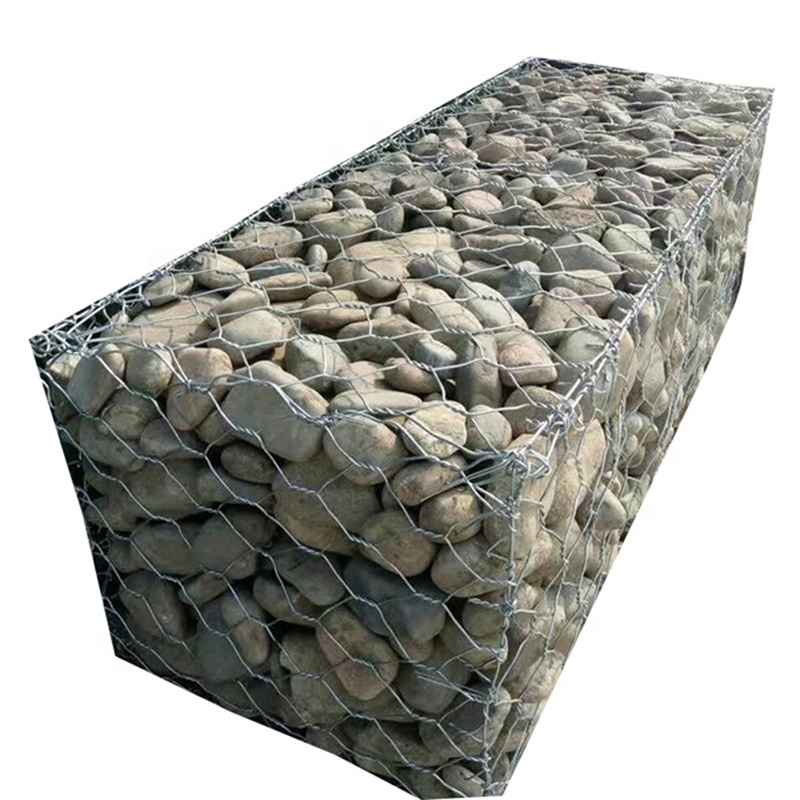12 月 . 13, 2024 11:41 Back to list
best define gabion
Understanding Gabions Definition and Applications
Gabions have increasingly become prominent in various engineering, landscaping, and environmental applications. At its core, a gabion is a wire mesh cage or container filled with rock, concrete, or sometimes soil. The term 'gabion' originates from the Italian word gabbione, which translates to big cage. This article explores the definition, purpose, and applications of gabions, as well as their benefits and drawbacks.
Definition of Gabions
A gabion is essentially a modular unit constructed of a wire mesh frame that is filled with stones or other materials. The wire mesh is commonly made of galvanized steel or PVC coating to enhance its durability and resistance to corrosion. Gabions come in various shapes and sizes, often rectangular or cylindrical, and are available in different dimensions, allowing for flexibility in their use. When filled, gabions can be stacked, placed side by side, or used to create walls and barriers, making them highly adaptable to various construction needs.
Purpose and Functionality
Gabions serve multiple purposes in modern construction and landscaping. They are primarily used for soil stabilization, erosion control, and flood management. By placing gabions in strategic locations such as riverbanks or slopes, engineers can effectively prevent soil erosion, reduce runoff, and mitigate the effects of flooding. The structure of a gabion allows water to flow through it while holding back soil, making it a practical solution in areas susceptible to erosion.
In landscaping and architecture, gabions can serve aesthetic purposes as well. They are often used to create retaining walls, seating areas, garden features, and artistic installations. The versatility of gabions allows for a blend of functionality and visual appeal, often integrating seamlessly into natural landscapes.
Benefits of Gabions
best define gabion

One of the most significant advantages of gabions is their ecological impact. They are constructed from natural materials, and their use promotes biodiversity, as they can provide habitats for flora and fauna. Additionally, because gabions can be filled with local stone or materials, they reduce the need for transportation of heavy building materials, leading to a lower carbon footprint.
Gabions are also highly durable. The wire mesh can withstand various environmental conditions, including extreme weather, making gabions a long-lasting solution for construction and landscaping. Their structure accommodates natural shifting and settling, which is particularly beneficial in dynamic environments such as riverbanks or coastal areas.
Drawbacks and Considerations
Despite their many advantages, gabions also have some drawbacks. One potential issue is that they may require more time to install compared to traditional concrete solutions. Their weight and bulk can also complicate transportation and placement, necessitating equipment for moving and assembling the units.
Moreover, while gabions are durable, over time the wire mesh may corrode or degrade if not properly maintained. Regular inspections and maintenance are essential to ensure the longevity of gabion structures, especially in corrosive environments such as saltwater regions.
Conclusion
Gabions represent a remarkable blending of utility and aesthetics in construction and environmental management. From erosion control to landscape design, their versatility makes them a valuable tool for architects, engineers, and environmentalists alike. As the world increasingly focuses on sustainable building practices, the use of gabions is likely to grow, offering a resilient and environmentally friendly option for tackling various civil engineering challenges. Understanding the definition, applications, and implications of gabion use is crucial in harnessing their potential effectively.
-
Wire Mesh Thickness Impact on Gabion Wall Load Bearing
NewsAug.12,2025
-
Ultimate Guide to Hexagonal Gabion Box
NewsAug.12,2025
-
Types of Rocks for Gabion Baskets Durability and Aesthetics
NewsAug.12,2025
-
Standard Gabion Box Sizes and Their Industrial Applications
NewsAug.12,2025
-
Easy Guide to Building Garden Gabion Cages at Home
NewsAug.12,2025
-
Drainage Solutions for Gabion Mesh Structures
NewsAug.12,2025
-
Visualizing Gabion 3D Integration in Urban Landscapes with Rendering
NewsJul.23,2025






